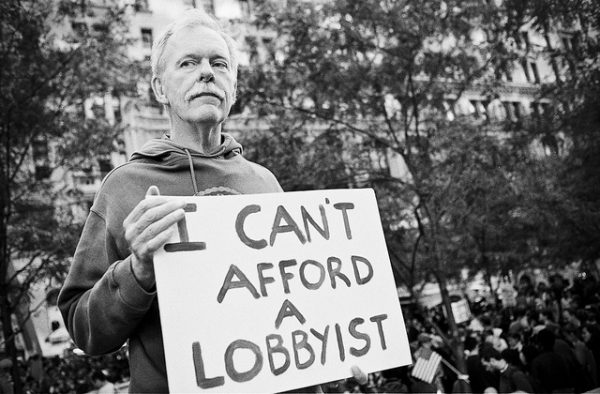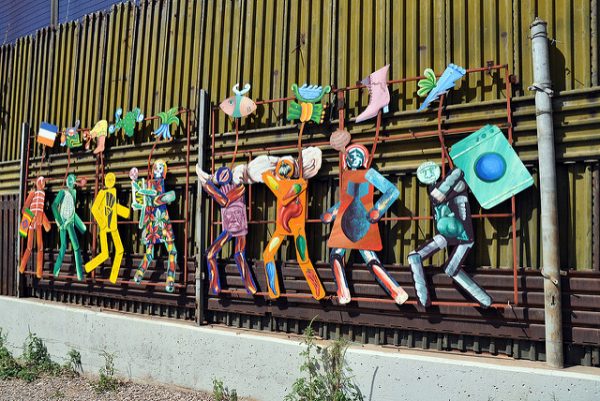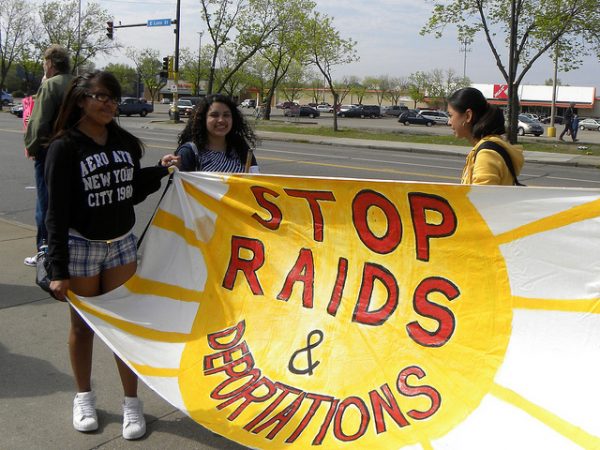
President Trump recently signed an executive order that removes the financial threat churches face when their leaders publicly support a political candidate. While many argue that the order is largely symbolic and too narrow to mean any real change, others think it went too far, and the order has sparked discussions about the proper place of religion in what many see as an increasingly secular country. Long-standing discussions among social scientists about the meaning and measurement of “secularization” help put Trump’s order in context and reveals the complexity of religion’s role in American society.
At its most general, secularization is defined as the process whereby the political and/or societal significance of religion and its institutions wane slowly and religion becomes differentiated from the secular public spheres of social and political life. But the way religiosity is measured in studies of secularization matters. For example, while many have pointed to a decline in church attendance, or behavior, in both the U.S. and Britain as indicators of secularization, others argue that this trend has not resulted in a loss of religious beliefs.
- Steve Bruce and Anthony Glendinning. 2010. “When Was Secularization? Dating the Decline of the British Churches and Locating its Cause.” The British Journal of Sociology 61(1): 107-126.
- David Voas and Mark Chaves. 2016. “Is the United States a Counterexample to the Secularization Thesis?” American Journal of Sociology 121(5): 1517-1556.
- Grace Davie. 2000. “Religion in Modern Britain: Changing Sociological Assumptions.” Sociology 34(1): 113-128.
Social scientists typically measure religiosity using the “3 Bs” approach — belief, belonging, and behavior. This approach accounts for the different ways that religious individuals hold religious beliefs, belong to and identify with specific religious belief systems and denominations, and enact those beliefs and belongings through behaviors like prayer, religious service attendance, and fasting. Individuals can combine the “3 Bs” in a multitude of ways, and while some “believe but don’t belong,” and others “belong but don’t believe,” an increasing number of individuals eschew religious beliefs, belongings, and behaviors entirely.
- Grace Davie. 1994. Religion in Britain Since 1945: Believing without Belonging. Blackwell Publishers.
- Ariela Keysar. 2014. “Shifts Along the American Religious-Secular Spectrum.” Secularism and Nonreligion 3(1):1-16.
- Mark Chaves. 2010. “Rain Dances in the Dry Season: Overcoming the Religious Congruence Fallacy.” Journal for the Scientific Study of Religion 49(1): 1-14.
Similarly, scholars have identified multiple “levels” of secularization: religious decline, differentiation of secular and religious spheres, and the privatization of religion. While the traditional conceptualization of secularization assumes that each level is linked, some argue that each is a distinct process and that one does not necessarily lead to the other. Trump’s recent executive order is a step towards the deprivatization of religion in the U.S, where religious groups are stepping back into public life and engaging in political and social debates more than they have in the past. But this deprivatization can and is happening alongside trends of religious decline, as the U.S is also seeing increased religious disaffiliation among younger generations.
- Jose Cassanova. 1994. Public Religions in the Modern World. University of Chicago Press.
- Philip Gorski and Ateş Altinordu. 2008. “After Secularization?” Annual Review of Sociology 34(1): 55-85.
- Michael Hout and Claude Fischer. 2014. “Explaining Why More Americans Have No Religious Preference: Political Backlash and Generational Succession, 1987-2012.” Sociological Science 1(9).









